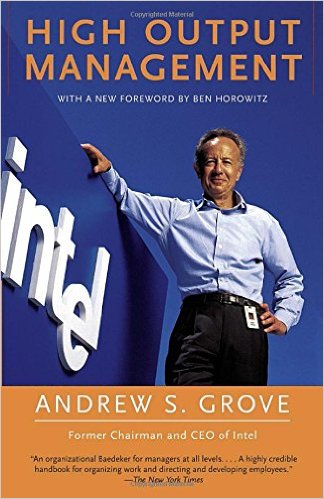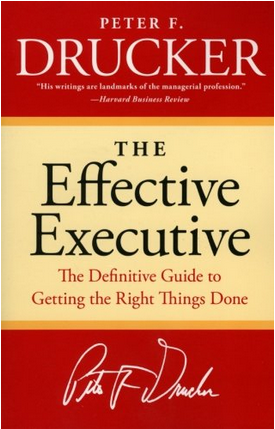Extreme Ownership by Jocko Willink
Bottom Line: A leader has ultimate responsibility for the success or failure of an operation and should have extreme ownership of it. The laws of combat are: Cover and Move, Keep It Simple, Prioritize and Execute, and Decentralized Command. INTRO Leaders cast no blame. They make no excuses. Instead of complaining about challenges or setbacks,…


